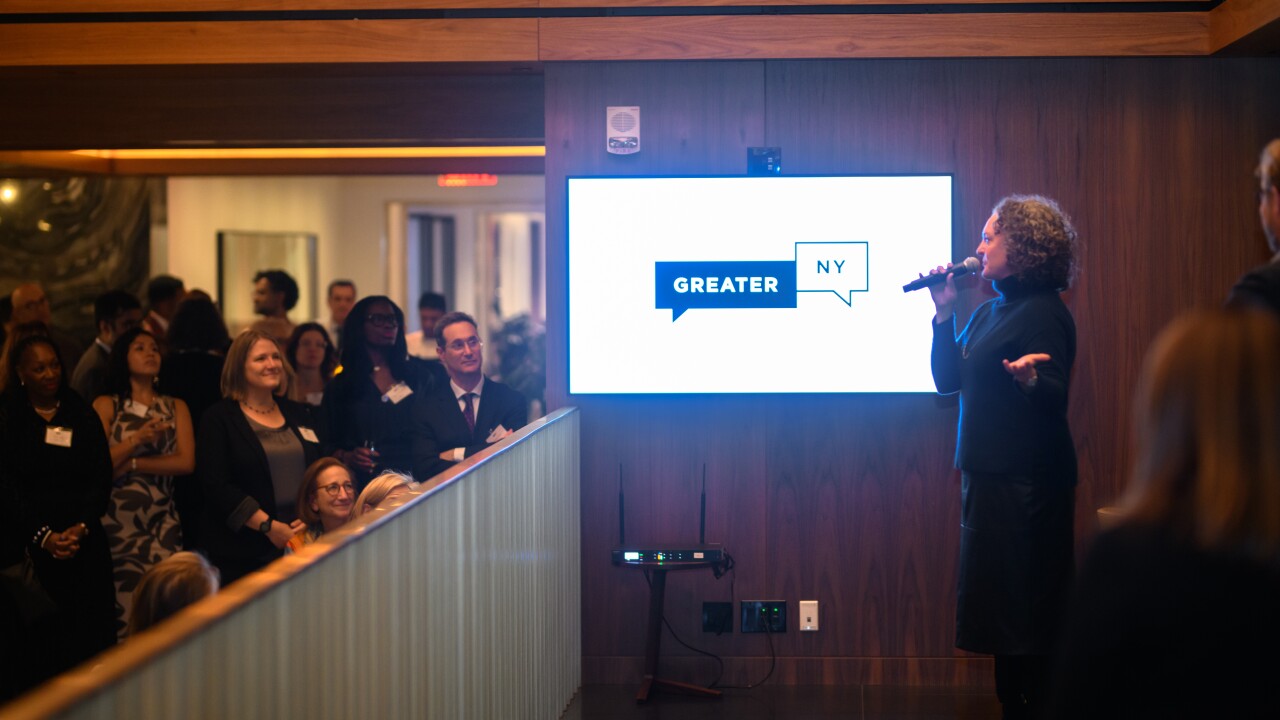PayPal calls it a “very small test.” But what the eBay Inc. payments unit learns from the Near Field Communication initiative in Sweden could help with the company’s overall mobile-payments strategy to seek point-of-sale technologies that complement its cloud-based digital wallet.
Every mobile-payment development represents a new possibility, and PayPal is open to all ideas as it expands its online payment processing to digital wallets and in-store mobile payments, PayPal spokesperson Anuj Nayar tells PaymentsSource. The test in Sweden is taking place during the two weeks before Christmas.
The media in general are confused about PayPal’s stance on NFC, Nayar suggests. “PayPal has never been anti-NFC and, in fact, we find it to be a very interesting technology, but that’s all it is–a technology.”
Some of the confusion may stem from interpretations of what John Donahue, CEO of Ebay Inc., PayPal’s parent, stated earlier this year about NFC, telling industry analysts during an earnings conference call that a retail merchant told him NFC stood for “not for commerce” (
However, San Jose, Calif.-based PayPal always has had an open mind about mobile payments when technology developers present proposals for PayPal involvement, Nayar contends.
In fact, two technology developers approached PayPal regarding the Sweden NFC test, during which PayPal members may make purchases using their mobile phones at two participating stores, Nayar adds.
Accumulate AB, a Stockholm-based mobile payment software-application developer, and Point AB, a payments gateway and point-of-sale terminal maker, requested PayPal’s involvement in the test, Nayar says. Accumulate developed a PayPal Instore application for the mobile phone for use at ski-and-sports retailer Alpingaraget and electronics retailer Webhallen in Stockholm.
PayPal members in Sweden log in with PayPal credentials to download the application from the Apple Inc. iPhone or Android marketplaces. The retail stores issue a sticker with a nine-digit code that the PayPal member enters into the phone application to associate the code with their PayPal account, Nayar explains. The consumer attaches the sticker, which serves as a conductivity piece to the terminal, to his phone, he adds.
When making a purchase, the consumer holds the mobile phone within 12 inches of the NFC reader on the point-of-sale terminal, which confirms the code and the corresponding PayPal account. In turn, the PayPal Instore application displays the purchase information, including any discounts, on the phone display screen for the consumer to confirm payment amount and complete the transaction to bill the PayPal account.
The systems allows a transaction without any financial data being stored on the phone or the payment terminal, instead keeping it stored safely in the PayPal cloud-based servers, Nayar says.
Because the PayPal digital wallet is cloud-based, meaning processing and data storage takes place in a secure Web-based system, NFC technology could prove to be an effective method for initiating offline payments, Nayar suggests.
Industry analyst Todd Ablowitz, president of Centennial, Colo.-based Double Diamond Group, LLC, tells PaymentsSource that PayPal takes a different approach to NFC because of its desire to keep the digital wallet in a cloud-based system.
“PayPal would love it if NFC was used just so the consumer could tap his phone to say he was at the terminal, but the entire payment process took place in the cloud,” Ablowitz suggests.
From PayPal’s vantage point, all it really needs from NFC is to connect the presence of a person to a physical point-of-sale location, he adds.
Because VeriFone Systems Inc. is in the process of acquiring Point, it makes sense that Point would be part of initiating the PayPal test in Sweden, Ablowitz says. “It’s part of VeriFone’s strategy to be the lynchpin of connection at a point-of-sale as we move toward a way of paying through the cloud,” he adds.
However, PayPal understands that even though mobile payments are projected to increase significantly in 2012, “there are many ways to do it, and NFC is just one option,” Nayar adds.
The Sweden in-store test unfolded only a month after PayPal activated NFC in its most current application upgrade for Android handsets (
PayPal, which projects $3.5 billion in remote payment processing for 2011, has displayed an ongoing interest in partnering with developers of new technology (
What do you think about this? Send us your feedback.





